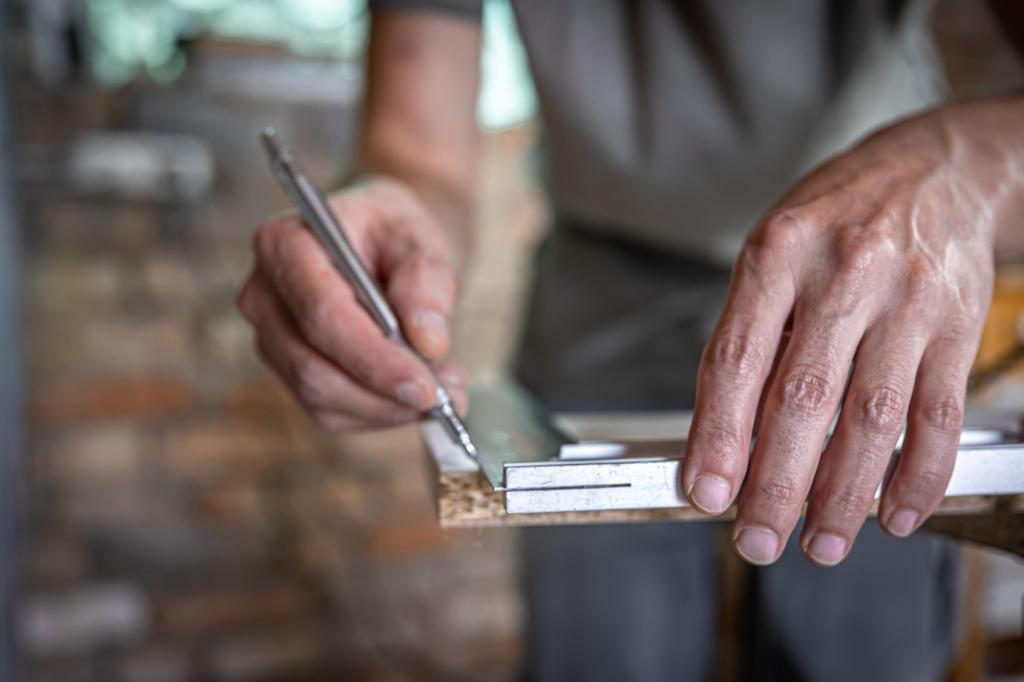How to Identify Different Wood Types in Vintage Furniture
Today’s theme: How to Identify Different Wood Types in Vintage Furniture. Step into the workshop of your curiosity as we decode grain, color, scent, and history to reveal what your favorite vintage pieces are truly made of. Love this topic? Subscribe for weekly, hands-on identification tips and share your questions or finds with our community.

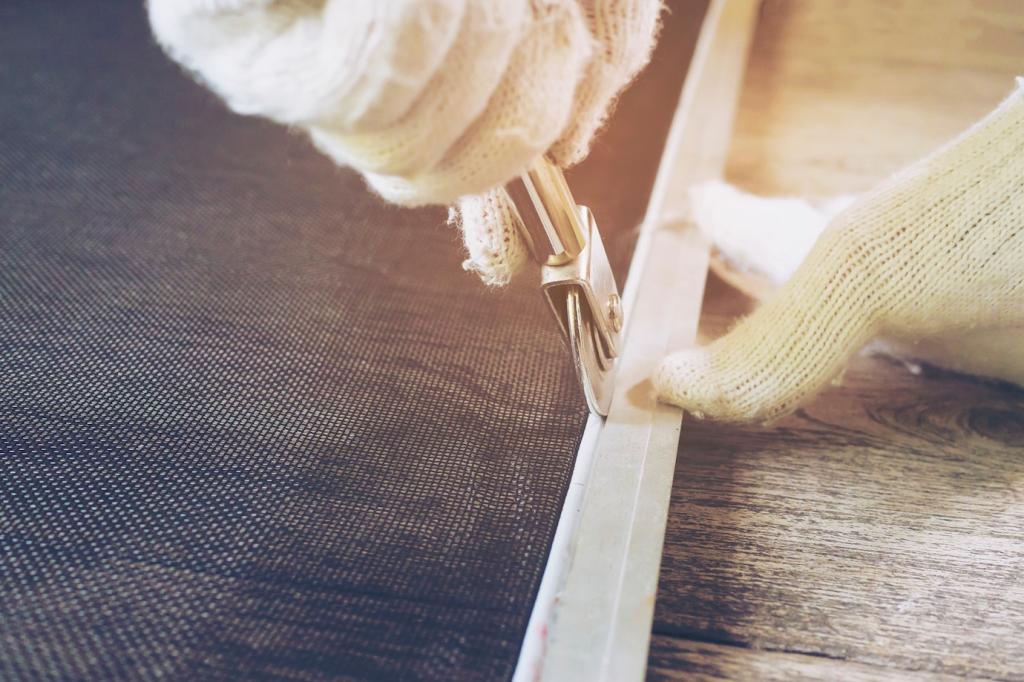
Oak’s medullary rays and fleck
Quartersawn oak explodes with shimmering medullary rays, forming the classic “tiger fleck” seen in Arts and Crafts furniture. Pores feel open under your fingertips. Spot that ray pattern on table tops or stiles, then share your ray-fleck photos to compare thickness and angle.
Mahogany’s ribbon stripe and chatoyance
Genuine mahogany often shows interlocked grain that creates ribbon stripes, especially on quartered faces. Tilt it to catch a silky shimmer—chatoyance—that cheaper substitutes only approximate. Notice this on Victorian drawer fronts and campaign chests, and tell us how it looks under angled daylight versus lamplight.
Maple’s curly, birdseye, and quilted surprises
Maple’s closed pores and tight grain carry dramatic figures: curly waves, tiny birdseye dots, or pillowy quilting. These appear in drawer faces, violin backs, and cabinet panels. Run your fingers lightly—no open pores—and post a close-up so readers can discuss each figure’s telltale rhythm.
Color, Oxidation, and Patina Over Time
Fresh black walnut starts deep brown with cool undertones. Decades later, it often warms toward a honeyed or golden cast, especially where handled. Lift a leaf or remove hardware to compare protected wood, then share your before-and-after shots for the community’s identification practice.
Color, Oxidation, and Patina Over Time
Cherry famously darkens quickly under light, evolving from pale pinkish tan to a rich reddish-brown. Look for stark contrasts beneath runners or lamps where light was blocked. If your cherry piece has shadow lines, post them and note how long it took to achieve the deeper tone.
Weight, Hardness, and the Tactile Test
Lift a drawer or loose shelf. Walnut, oak, and mahogany feel noticeably heavier than pine or poplar. Compare two similarly sized parts to feel the difference. If you have a postal scale, weigh them and post the numbers to start a crowd-sourced density reference for the community.
Weight, Hardness, and the Tactile Test
Oak and ash have open pores you can feel even beneath finish, while maple and cherry often feel smoother and tighter. Glide your fingertips across an unfinished underside. Report what you feel and the finish type present, so readers can connect tactile cues with coating styles.
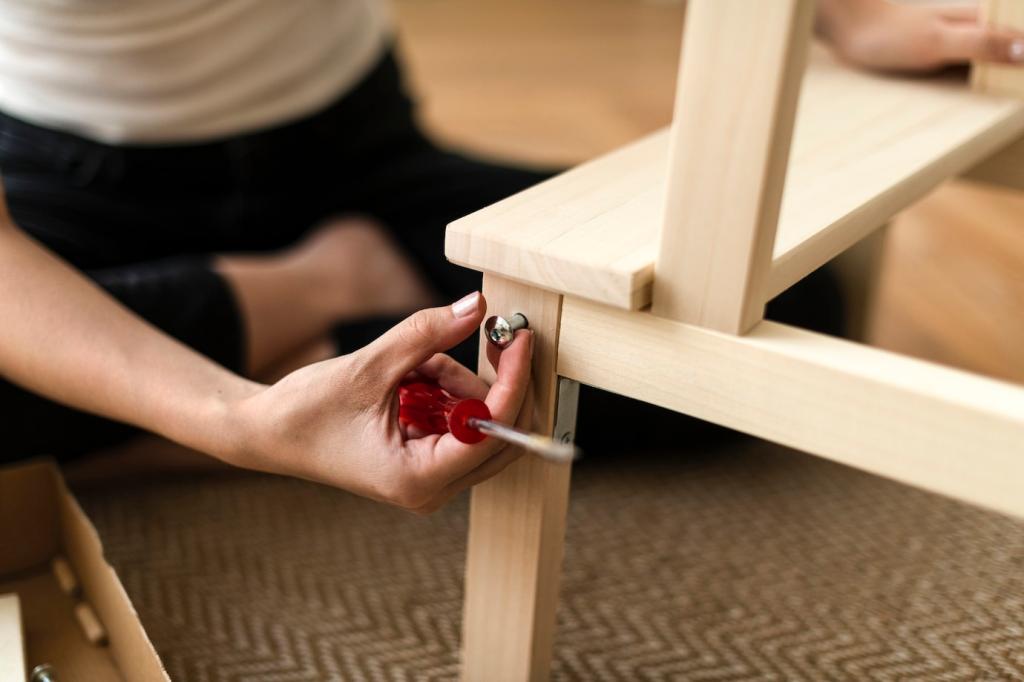
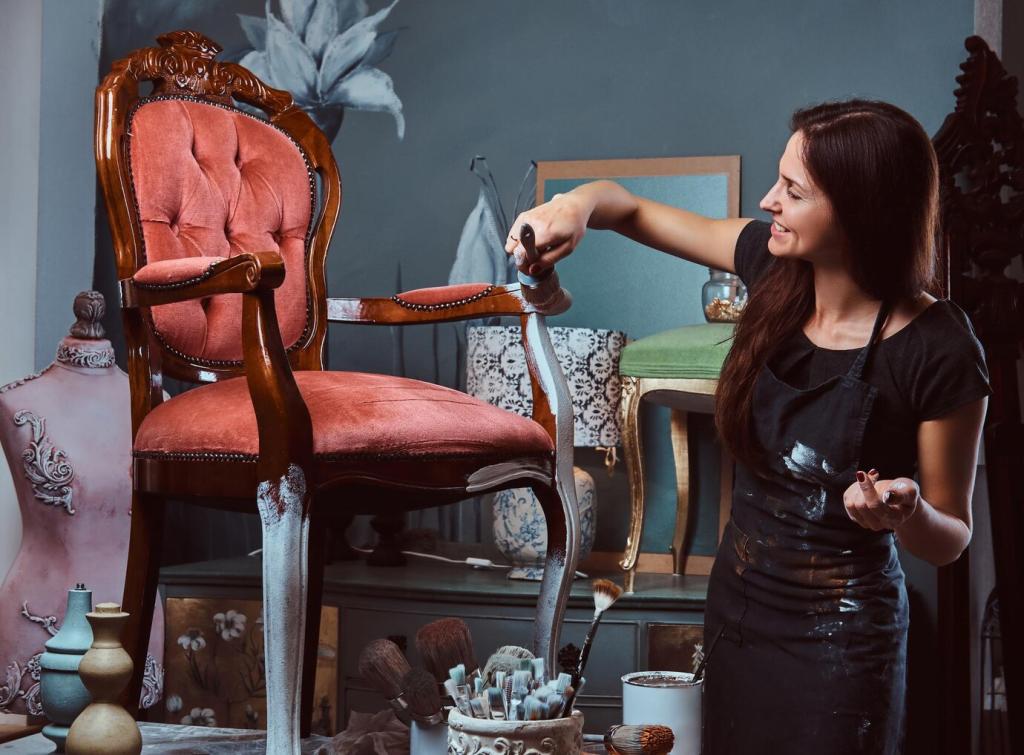
Smell, Sawdust, and Finish Clues
Eastern red cedar smells unmistakably aromatic—think old hope chests and moth protection—with reddish heartwood inside. Pine smells resinous and sweet, especially when warmed. If you open a vintage chest, describe the scent and color contrast, helping others distinguish cedar lining from pine carcasses.
Joinery, Era, and Regional Species Choices
Early American: maple, birch, pine, and regional traits
Early American pieces often used maple and birch in the Northeast, with pine for secondary parts like drawer bottoms. Hand-cut dovetails and wear patterns help date them. If you own a country piece, share joint photos and wood choices to crowd-verify likely regional origins.
Victorian imports and mahogany mania
Victorian furniture embraced imported mahogany and veneers, showcasing deep color and elaborate carving. Look for thick veneer on curved drawer fronts and consistent ribbon stripe on show faces. Post close-ups of veneer seams or bubbles so others can assess thickness, substrate, and likely species.
Mid-century: teak, beech, and Scandinavian clarity
Mid-century Scandinavian designs often paired teak’s golden-brown, oily sheen with beech’s pale, uniform grain for frames and drawer sides. Contrast the buttery feel of teak with beech’s fine, even texture. Share a photo of underside edges to reveal secondary woods and joinery choices.
Veneer, Solid Wood, and Substrate Sleuthing
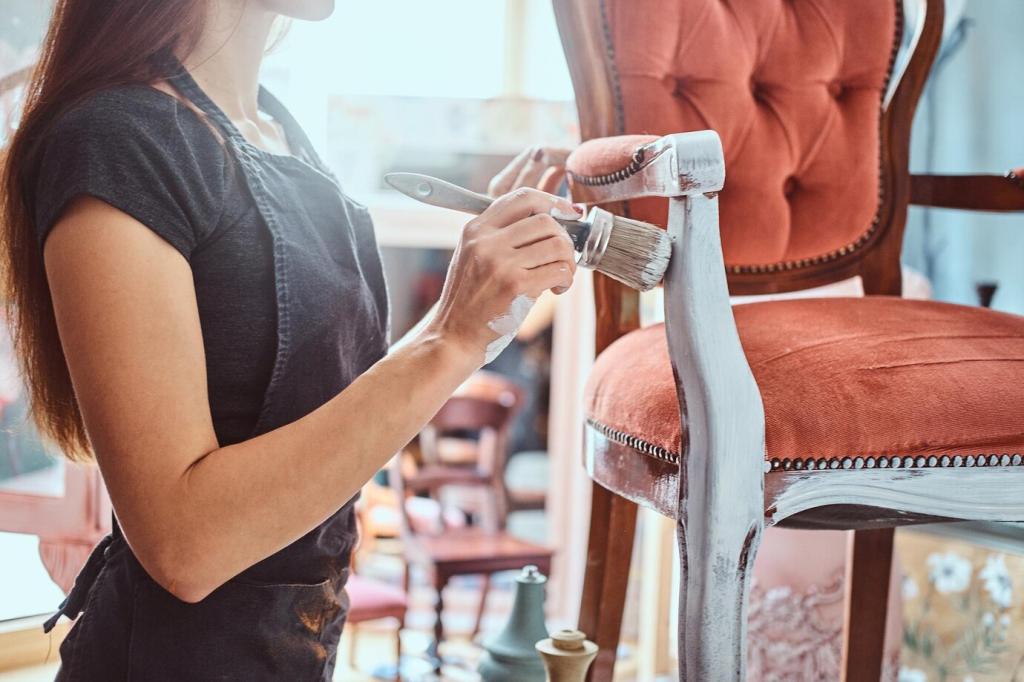
Edge reveals and wrap-around grain
Examine edge profiles: solid wood shows continuous grain around edges, while veneer stops at a seam. On veneered plywood, the face pattern won’t wrap underneath. Share edge macro shots so the community can highlight seams, end grain, and telltale glue lines together.

Counting plies and spotting secondary woods
Remove a drawer to inspect the bottom or back. Plywood reveals stacked plies; older pieces may use poplar or beech as secondary wood. Note color differences between show wood and internals, then post photos to log common pairings like walnut exterior with poplar interiors.
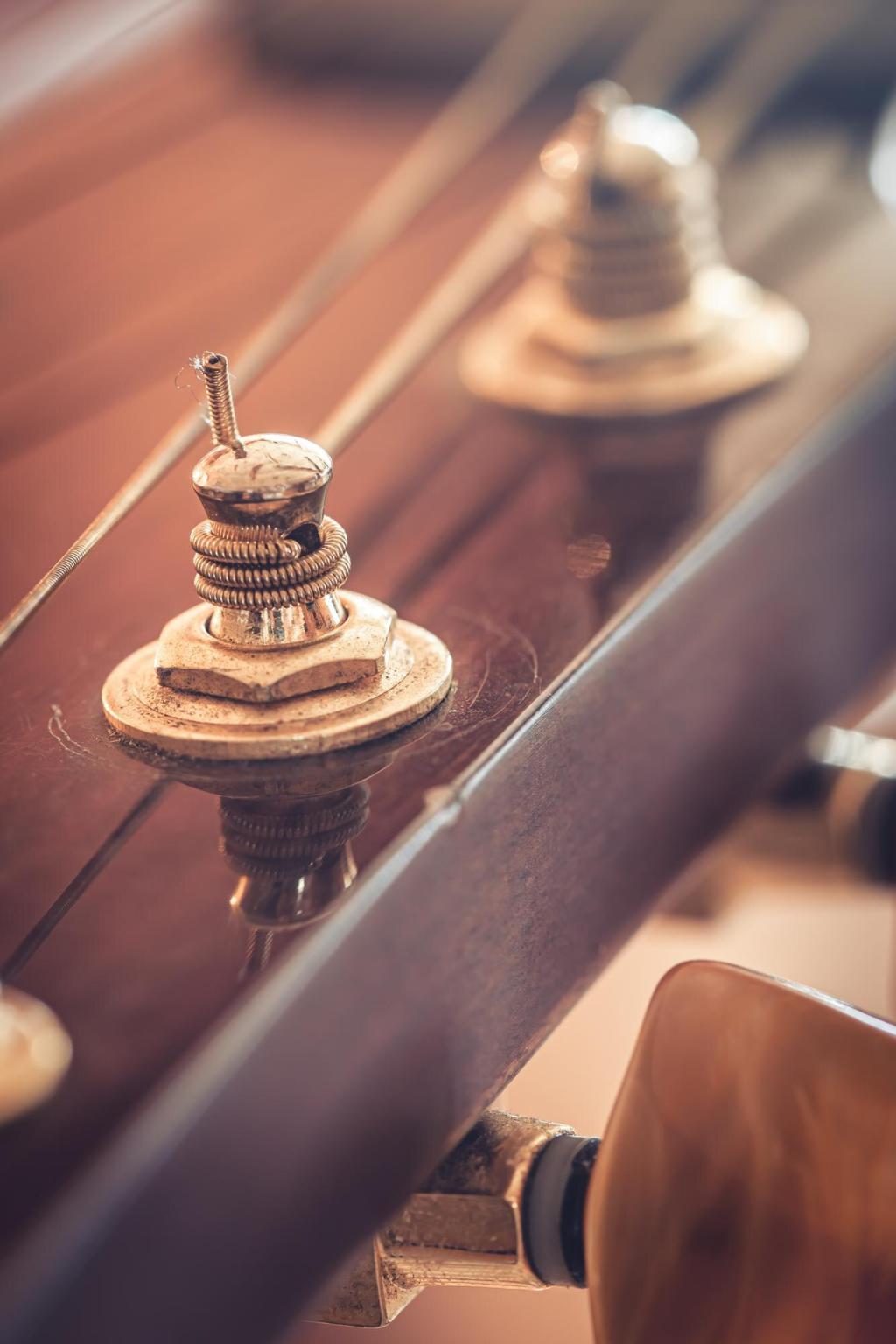
Bookmatching, slip-matching, and repeating figures
Veneer panels often display mirrored or repeating figures from bookmatching or slip-matching. Look for symmetrical flames down a cabinet door centerline. If you find repeating figure every few inches, share the pattern and spacing to help others learn how veneers broadcast their presence.

Loupe, raking light, and white balance
Carry a 10x loupe to inspect pores and rays, a small flashlight for raking light, and a phone card for white balance. Post side-by-side photos under different lighting so others can see how grain, color, and figure transform with angle and intensity.
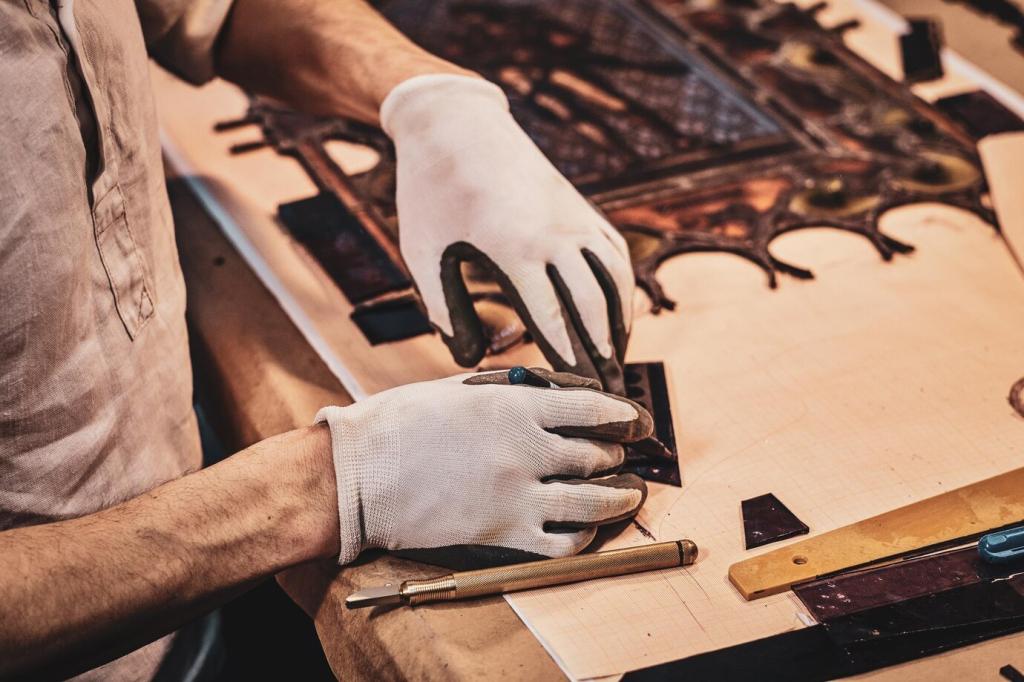
Reference swatches and end-grain rubbings
Build a tiny deck of labeled offcuts or printed end-grain charts. Lightly sand a hidden spot and compare pores, rays, or vessel patterns. Share your DIY reference hacks and end-grain rubbings so beginners can learn reliable patterns without owning a full sample library.

Notes, provenance, and repair history
Log where and when you found each piece, suspected species, finish, and any repairs. Old replacement parts may use different woods, complicating IDs. Upload a snapshot of your notes template and invite readers to copy it, ensuring better community feedback on tricky cases.
A walnut sideboard that brightened with age
A reader rescued a dark, dusty sideboard, convinced it was stained oak. Under the hardware, protected wood glowed warm brown with closed pores—walnut. Have you had a misidentification surprise? Post your reveal photos and what detail finally changed your mind.
Teak misread as afromosia at a flea market
Golden-brown, oily feel screamed teak, but the figure and pore structure said afromosia. A wipe with mineral spirits clarified the grain and color. Share similar near-misses and how you resolved them, so others learn to use touch and pore pattern as decisive checks.
Grandpa’s pine chest with cedar secrets inside
An old trunk looked like soft pine outside—knots, dents, amber tone—but opening it released cedar’s unmistakable aroma from interior lining. Have a mixed-woods piece? Photograph inside and out, then ask the community to help label each species and discuss how they age together.
